10 Unusual Ways Cats Communicate Without Meowing
Cats, with their enigmatic presence and aloof demeanor, have long captured the fascination of humans. While their vocalizations are often limited to the occasional meow, purr, or hiss, these creatures possess a rich tapestry of non-verbal communication that remains largely mysterious to many. This silent symphony is composed of subtle gestures, postures, and behaviors that convey a myriad of messages, from affection and trust to territorial warnings and playful invitations. Understanding these cues not only deepens the bond between humans and their feline companions but also allows for a more harmonious coexistence. By the end of this journey, you will be equipped with the knowledge to interpret your cat's silent language, enhancing your interaction with these intriguing animals.
1. The Language of the Tail: A Feline Morse Code
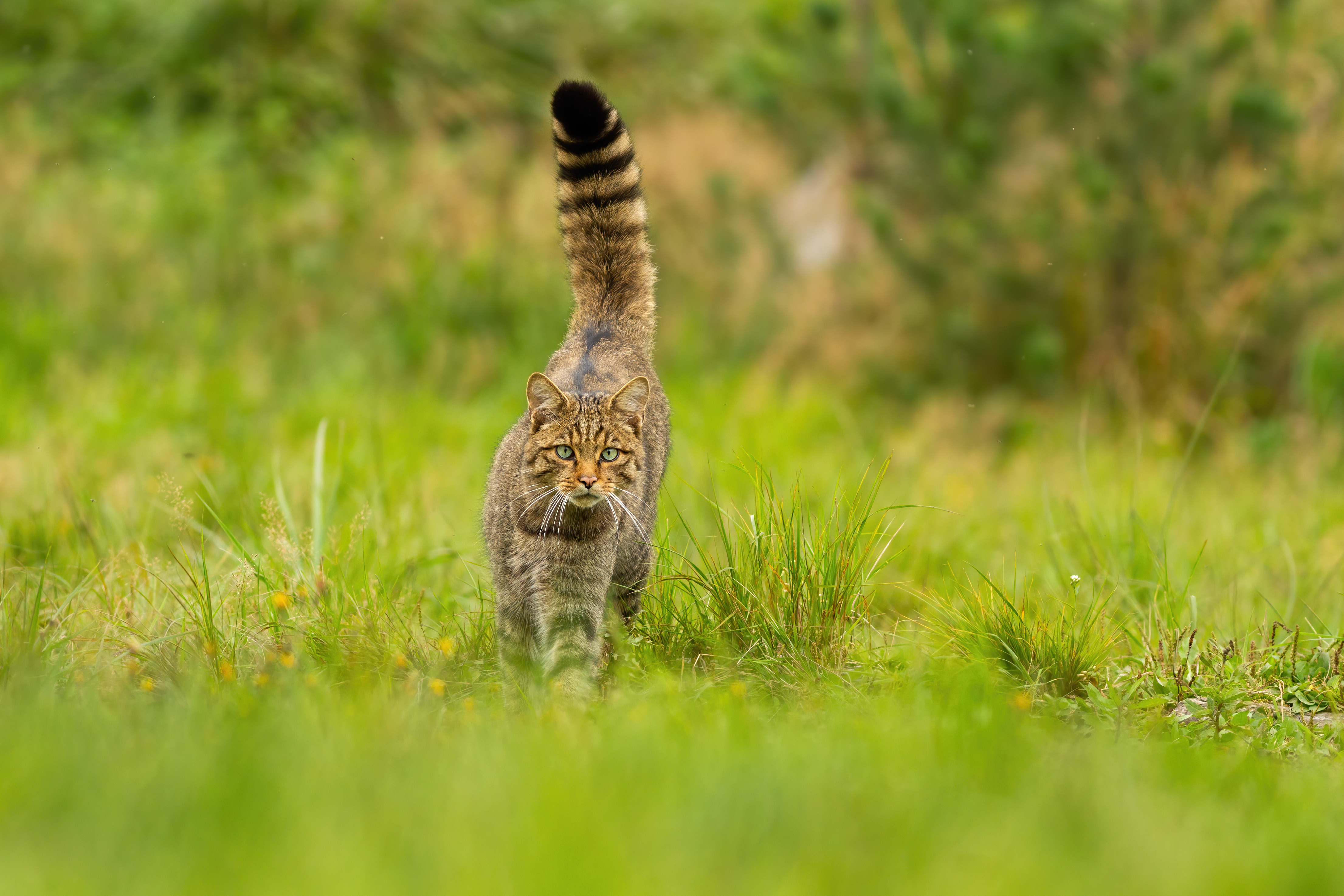
The tail of a cat is not just a balancing tool; it is a versatile instrument of communication. When a cat holds its tail high, it often signifies confidence and contentment. This posture is akin to a human smile, a universal sign of happiness and friendliness. Conversely, a lowered tail can indicate fear or submission, a silent plea for peace or reassurance. A twitching tail, on the other hand, may signal irritation or excitement, depending on the context. Understanding these nuances can help cat owners gauge their pet's mood and respond appropriately. The tail's movements can be subtle, requiring keen observation and patience to interpret accurately. By paying attention to the tail's position and motion, one can unlock a wealth of information about a cat's emotional state, making it an essential aspect of non-verbal feline communication.
2. The Eyes Have It: Staring, Blinking, and the Power of Gaze
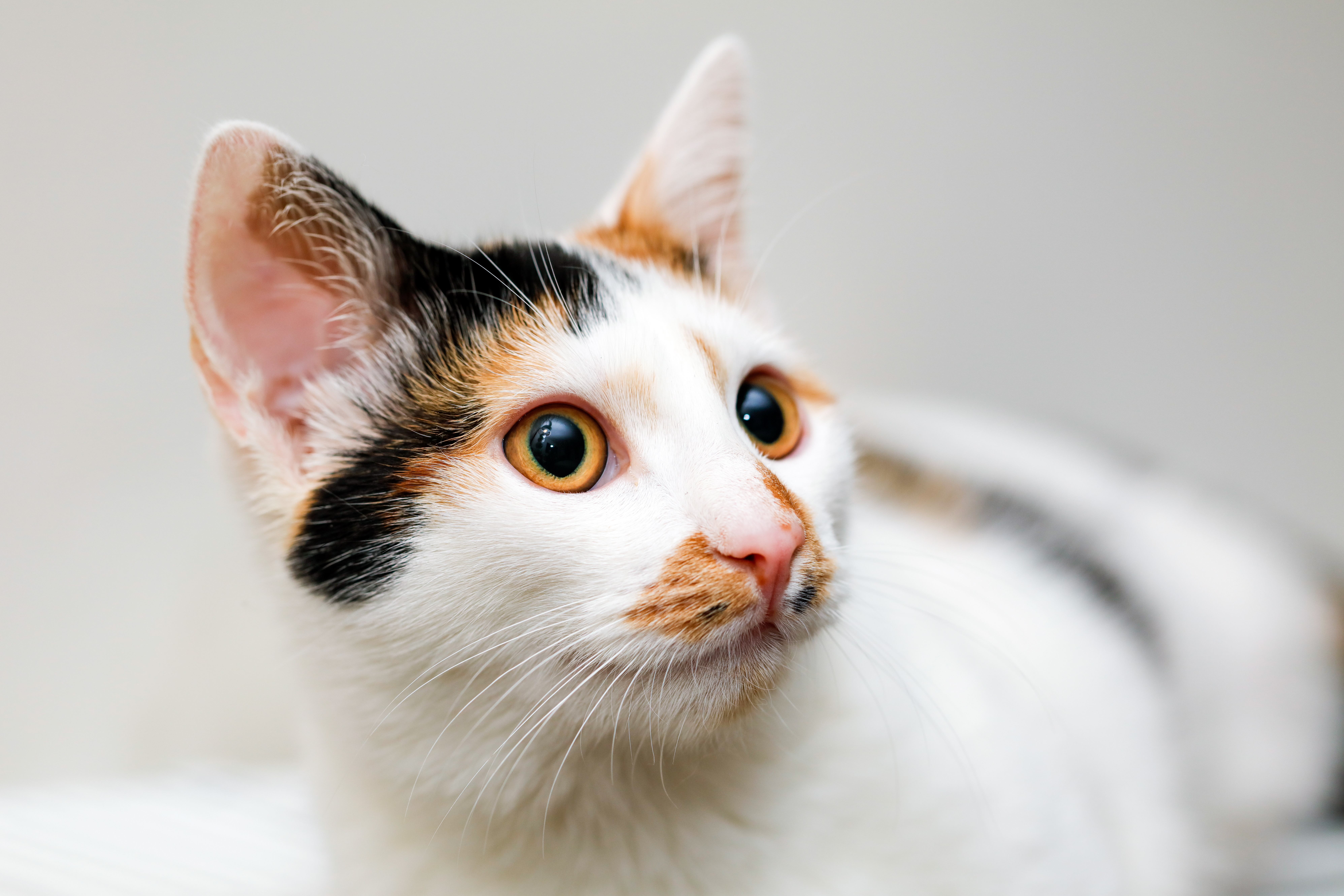
Cats communicate a great deal through their eyes, using them as windows to their emotions and intentions. A slow blink from a cat is often considered a sign of trust and affection, akin to a human kiss. This gesture, sometimes called a "cat kiss," is a subtle invitation for closeness and bonding. On the other hand, a direct, unblinking stare can be perceived as a challenge or a sign of dominance, particularly when directed at other animals. Understanding the context of these eye movements is crucial, as a cat's gaze can convey messages of comfort, curiosity, or caution. By reciprocating a slow blink, humans can reassure their feline friends of their love and trust, strengthening the human-cat bond. The eyes are indeed powerful communicators, capable of conveying complex emotions without the need for words.
3. Whisker Wisdom: More Than Just a Sense of Touch
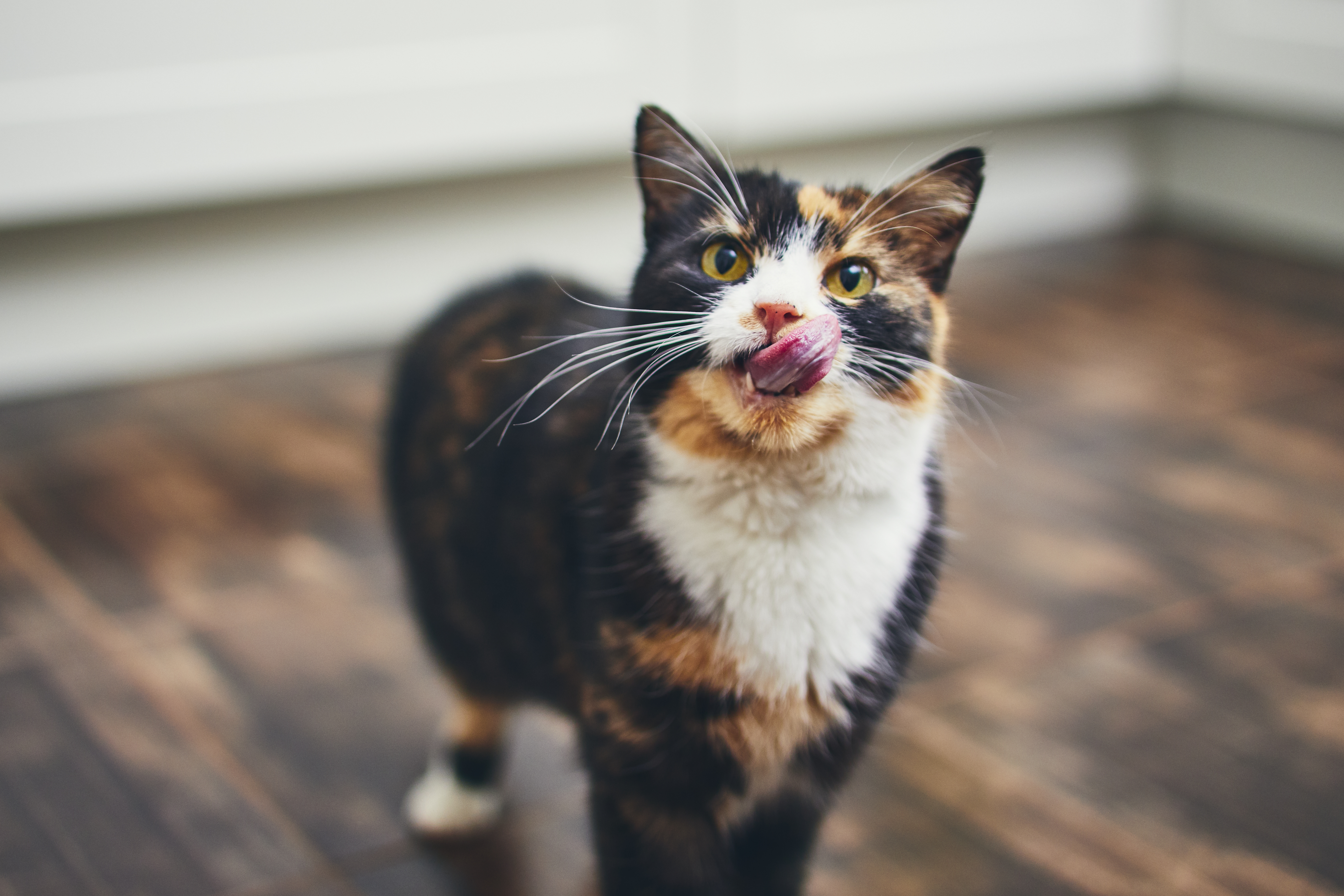
Whiskers, or vibrissae, are highly sensitive tactile hairs that play a crucial role in a cat's sensory perception. However, they also serve as a tool for communication. The position and movement of a cat's whiskers can indicate its mood and intentions. When a cat's whiskers are relaxed and slightly forward, it typically signals contentment and curiosity. In contrast, whiskers that are pulled back against the face may indicate fear or aggression. This subtle shift in whisker position can be a valuable clue in understanding a cat's emotional state. Additionally, whiskers are used to gauge the size of openings, helping cats navigate their environment safely. By paying attention to whisker cues, cat owners can gain insight into their pet's feelings and needs, enhancing their ability to provide appropriate care and companionship.
4. The Subtle Art of Purring: A Multifaceted Melody
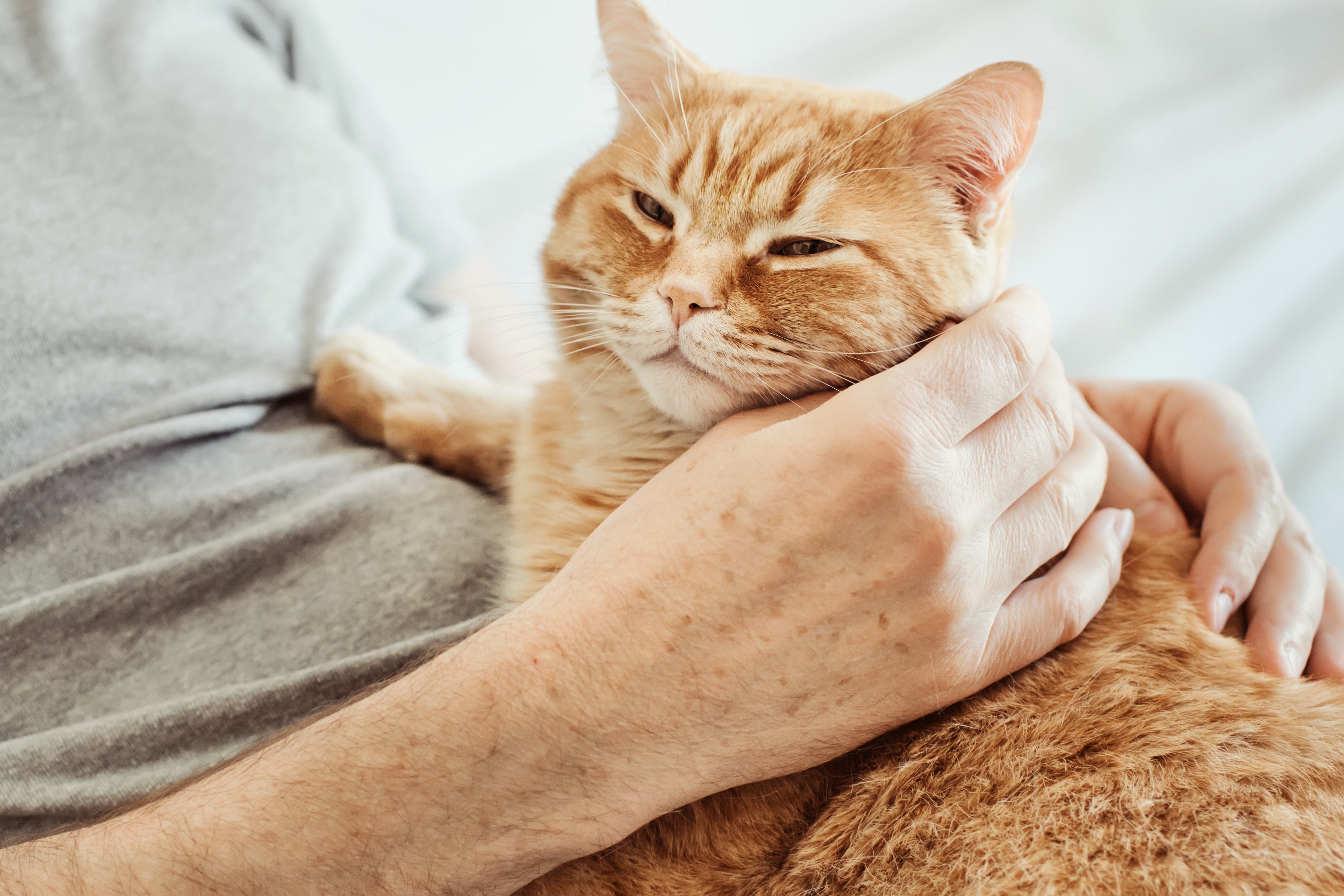
Purring is one of the most recognizable sounds a cat makes, yet its meaning is often misunderstood. While purring is commonly associated with contentment, it can also indicate a range of emotions and physical states. Cats may purr when they are relaxed and happy, but they may also purr when they are in pain, anxious, or even hungry. This complex vocalization serves multiple purposes, including self-soothing and communication with humans and other animals. Understanding the context in which a cat purrs is essential for interpreting its true meaning. For example, a cat that purrs while being petted is likely expressing pleasure, while a cat that purrs during a stressful situation may be attempting to calm itself. By recognizing the nuances of purring, cat owners can better understand their pet's emotional state and respond with empathy and care.
5. Body Language: The Dance of Posture and Movement
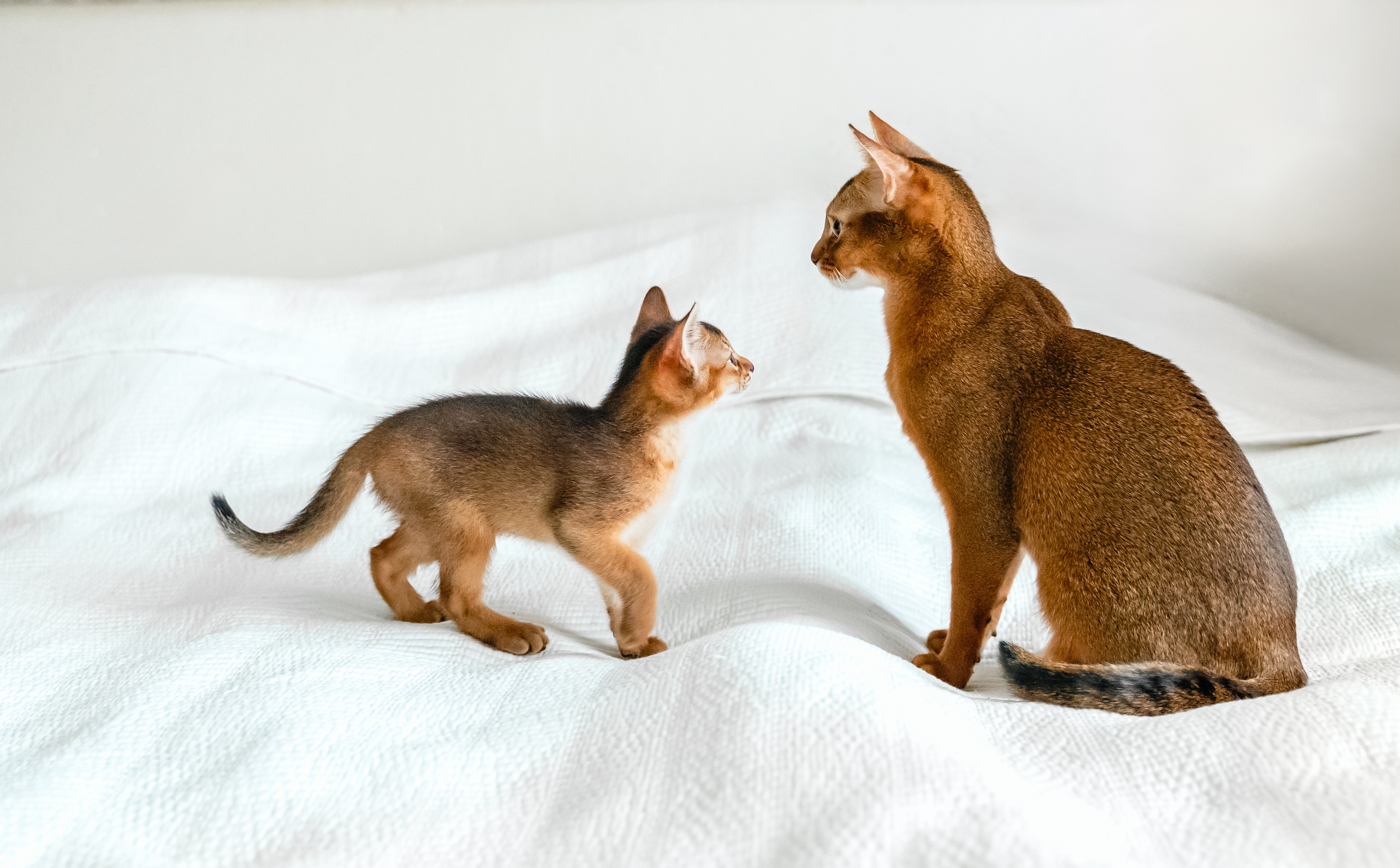
A cat's body language is a dynamic form of communication that involves the entire body. From the arch of the back to the positioning of the ears, each movement conveys a specific message. A cat that arches its back and fluffs its fur is likely feeling threatened and is trying to appear larger to deter potential threats. On the other hand, a cat that rolls onto its back is often signaling trust and playfulness, though caution is advised as this can also be a defensive posture. The positioning of the ears can also provide insight into a cat's mood, with forward-facing ears indicating interest and pinned-back ears suggesting fear or aggression. By observing these physical cues, cat owners can gain a deeper understanding of their pet's feelings and intentions, allowing for more effective communication and interaction.
6. Scent Marking: The Invisible Signature
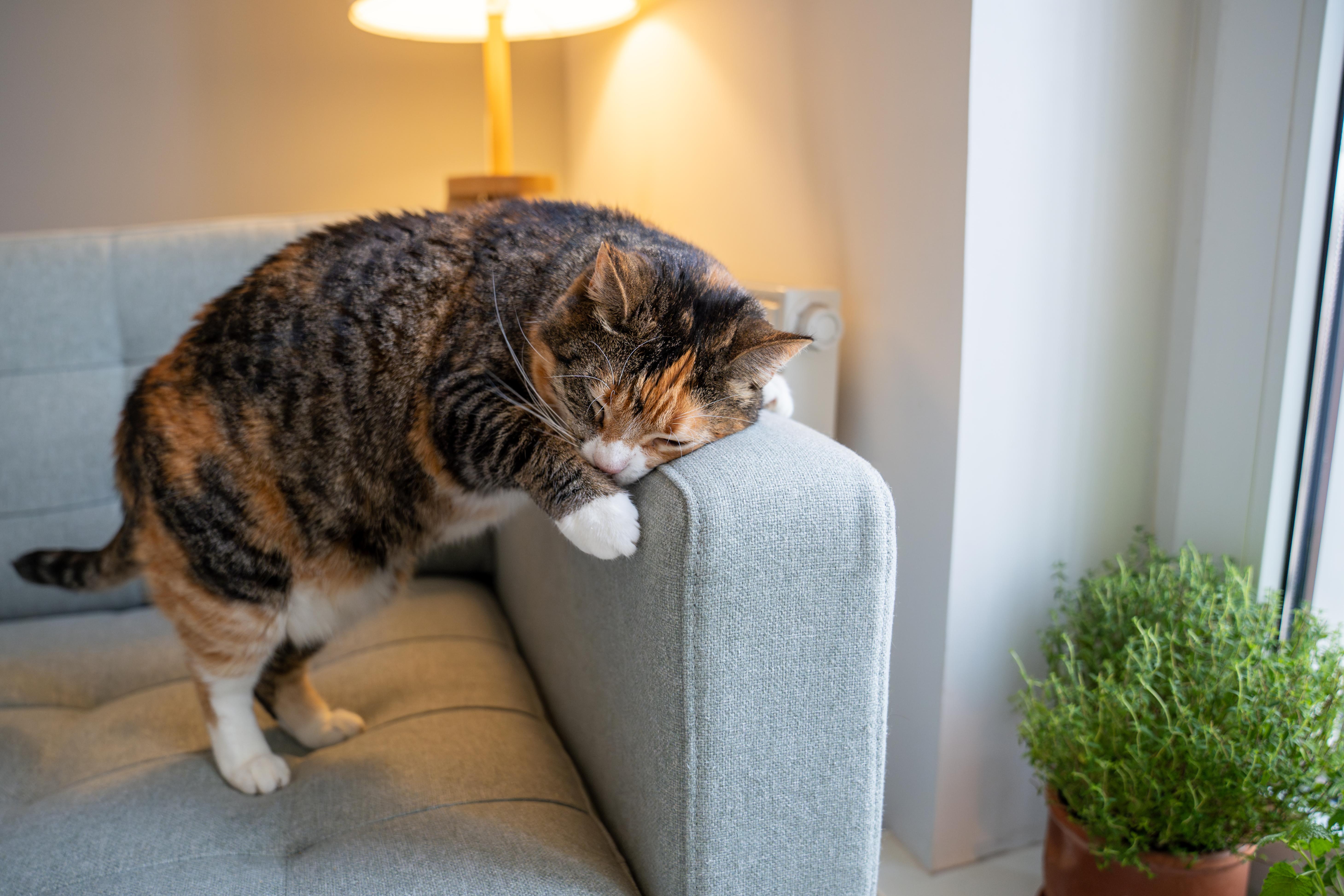
Scent marking is a fundamental aspect of feline communication, allowing cats to establish territory and convey information to other animals. Cats have scent glands located on various parts of their bodies, including the face, paws, and tail. When a cat rubs its face against an object or person, it is depositing pheromones that signal ownership and familiarity. This behavior is often a sign of affection and comfort, as the cat is marking its territory with a familiar scent. Scratching is another form of scent marking, as it releases pheromones from the glands in the paws while also serving to sharpen the claws. Understanding the role of scent marking can help cat owners appreciate their pet's territorial instincts and provide appropriate outlets for this natural behavior, such as scratching posts and designated areas for rubbing.
7. Vocalizations Beyond Meows: Chirps, Trills, and More
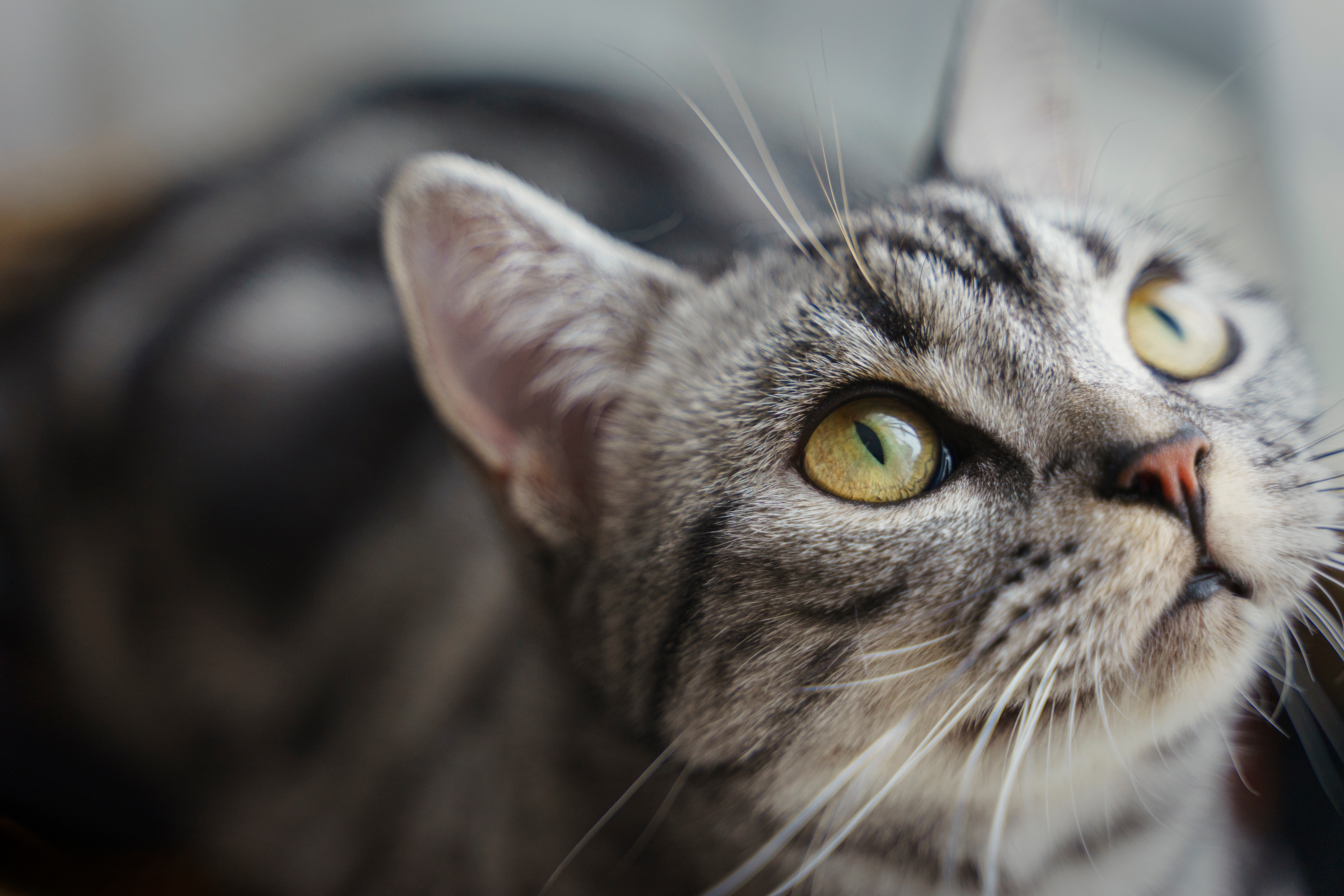
While meows are the most commonly recognized cat vocalization, cats also use a variety of other sounds to communicate. Chirps and trills are often used by mother cats to call their kittens, and adult cats may use these sounds to express excitement or to greet their human companions. Growls and hisses, on the other hand, are warning signals that indicate fear, aggression, or discomfort. Understanding these vocalizations can provide valuable insight into a cat's emotional state and intentions. For example, a cat that chirps when watching birds outside may be expressing excitement and predatory interest, while a cat that hisses when approached by a stranger may be signaling fear and the need for space. By recognizing and interpreting these sounds, cat owners can respond appropriately to their pet's needs and emotions.
8. The Tactile Touch: Headbutts and Kneading
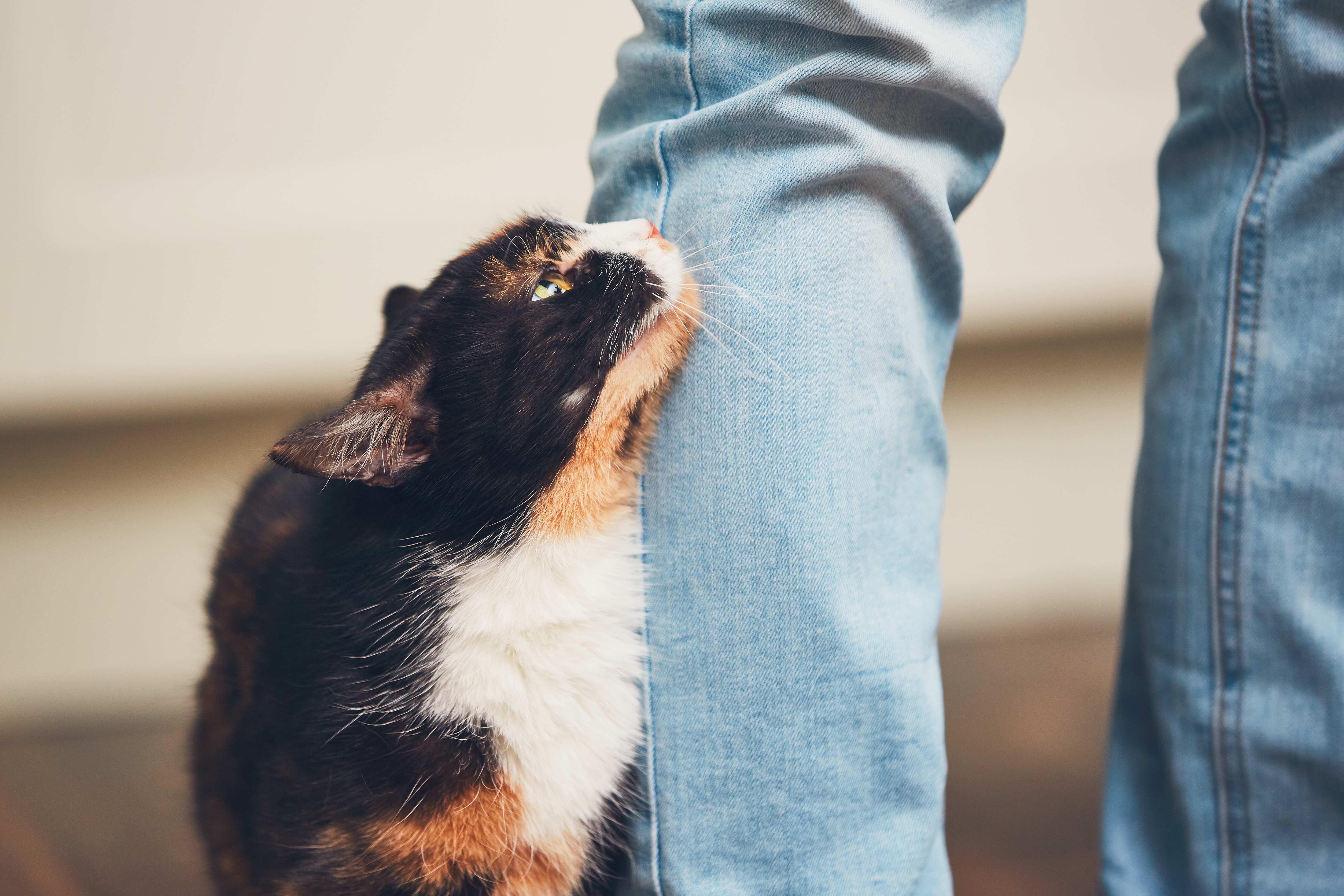
Physical touch is an important aspect of feline communication, with behaviors such as headbutting and kneading serving as expressions of affection and bonding. When a cat headbutts a person or object, it is marking them with its scent and signaling trust and familiarity. This behavior is often accompanied by purring and is a sign of a strong bond between the cat and its human companion. Kneading, where a cat rhythmically pushes its paws against a soft surface, is a behavior rooted in kittenhood, when kittens knead their mother's belly to stimulate milk flow. In adult cats, kneading is often a sign of comfort and contentment, as well as a way to mark territory with scent glands located in the paws. By understanding these tactile behaviors, cat owners can better appreciate the ways in which their pets express affection and build trust.
9. Play Behavior: The Language of Fun and Learning
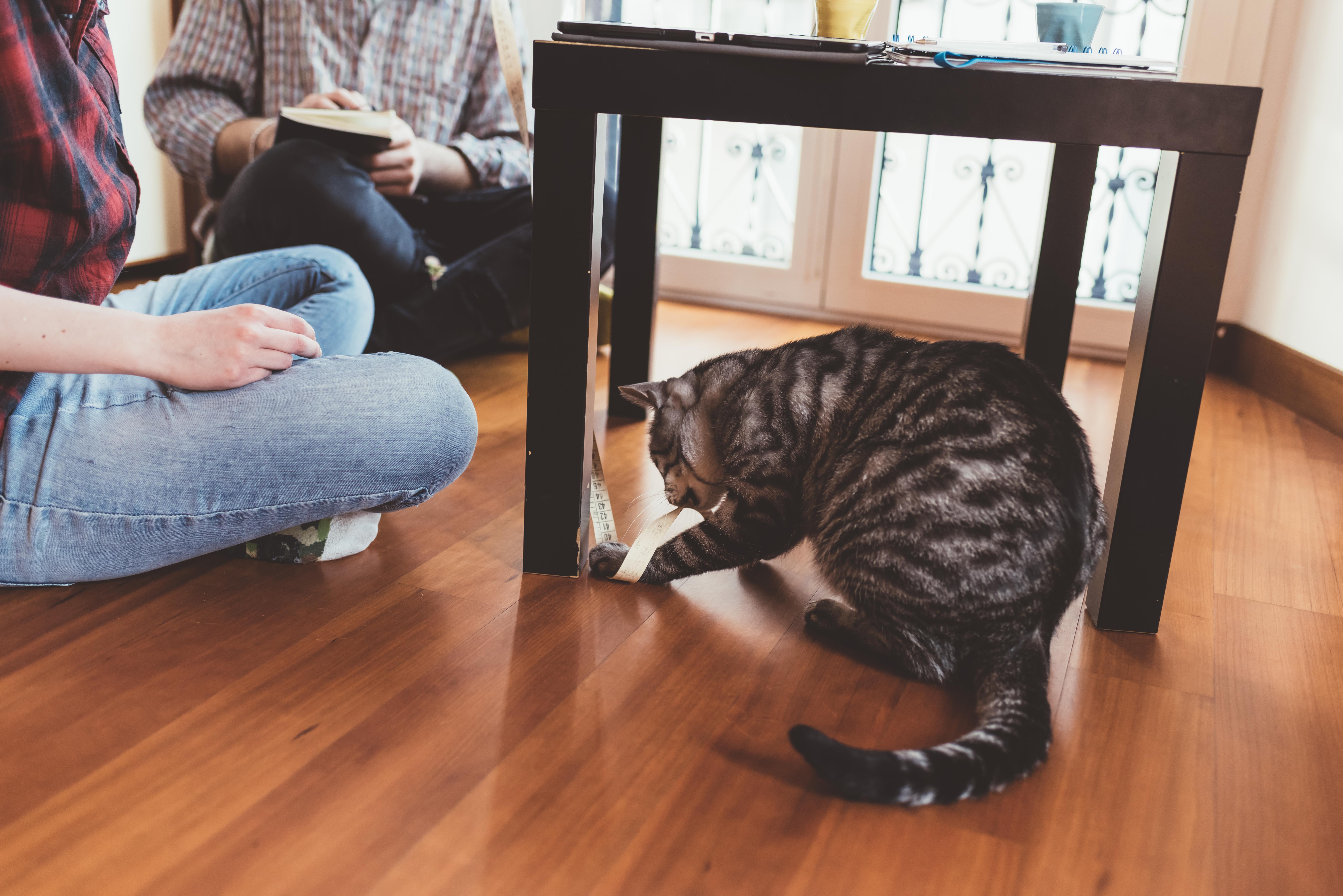
Play is a vital component of a cat's life, serving as both a form of exercise and a means of communication. Through play, cats can express their natural hunting instincts, practice social skills, and strengthen bonds with their human companions. Play behavior can include chasing, pouncing, and batting at objects, as well as interactive games with humans. Understanding a cat's play preferences and energy levels can help owners provide appropriate outlets for this behavior, reducing the risk of boredom and behavioral issues. Play also offers an opportunity for positive interaction and bonding, as well as a chance to observe and interpret a cat's body language and vocalizations. By engaging in regular play sessions, cat owners can enhance their pet's physical and mental well-being while fostering a deeper connection.
10. Social Grooming: The Bonding Ritual
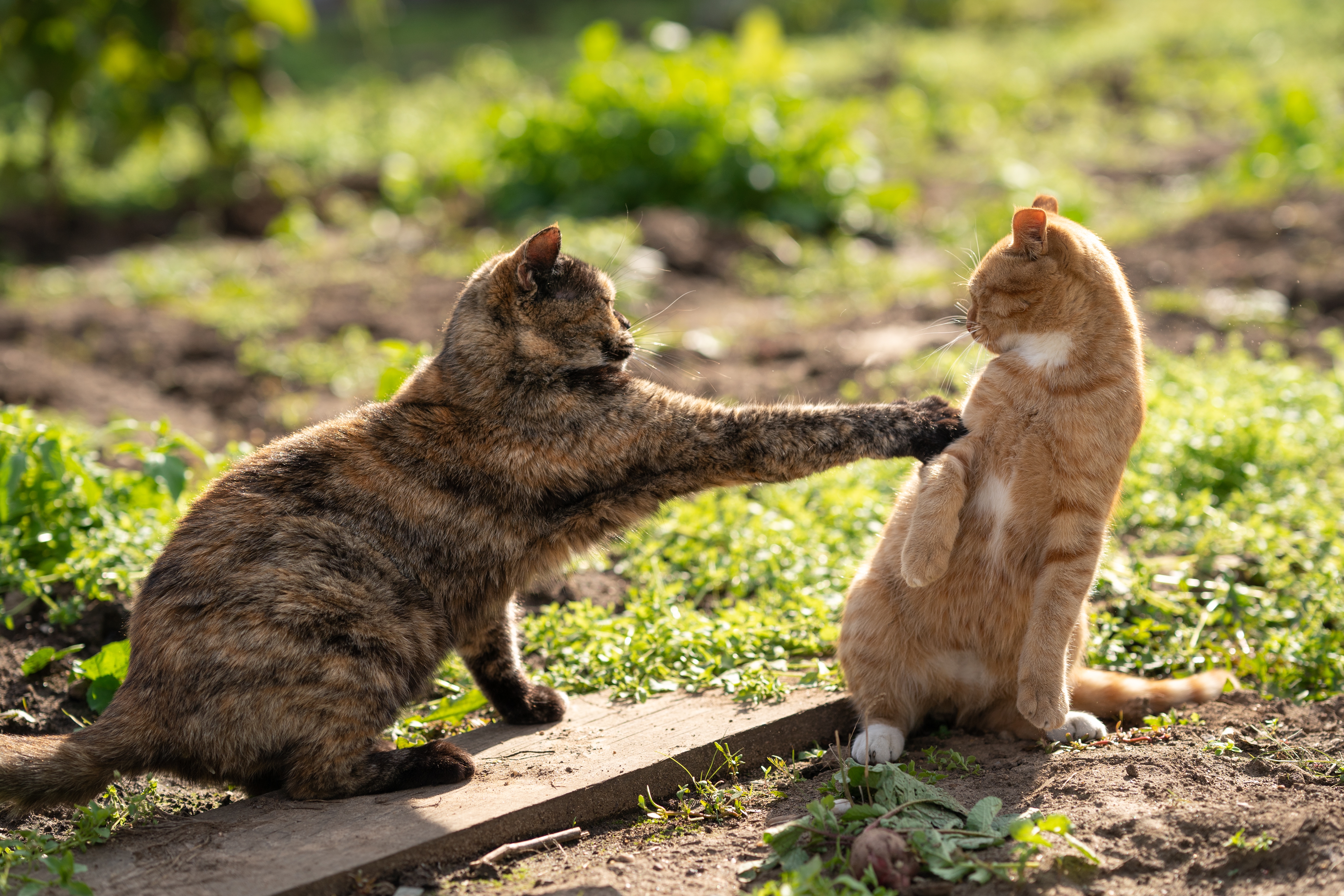
Grooming is not only a means of maintaining cleanliness but also a social activity that strengthens bonds between cats and their companions. Cats often groom each other as a sign of affection and trust, a behavior known as allogrooming. This ritual helps reinforce social hierarchies and establish group cohesion. When a cat grooms a human, it is extending this bond, marking the person with its scent and expressing trust and affection. Understanding the role of grooming in feline communication can help cat owners appreciate the depth of their pet's social interactions and the importance of maintaining a clean and comfortable environment. By providing opportunities for grooming and respecting a cat's grooming preferences, owners can foster a stronger bond and ensure their pet's well-being.
Embracing the Silent Language of Cats
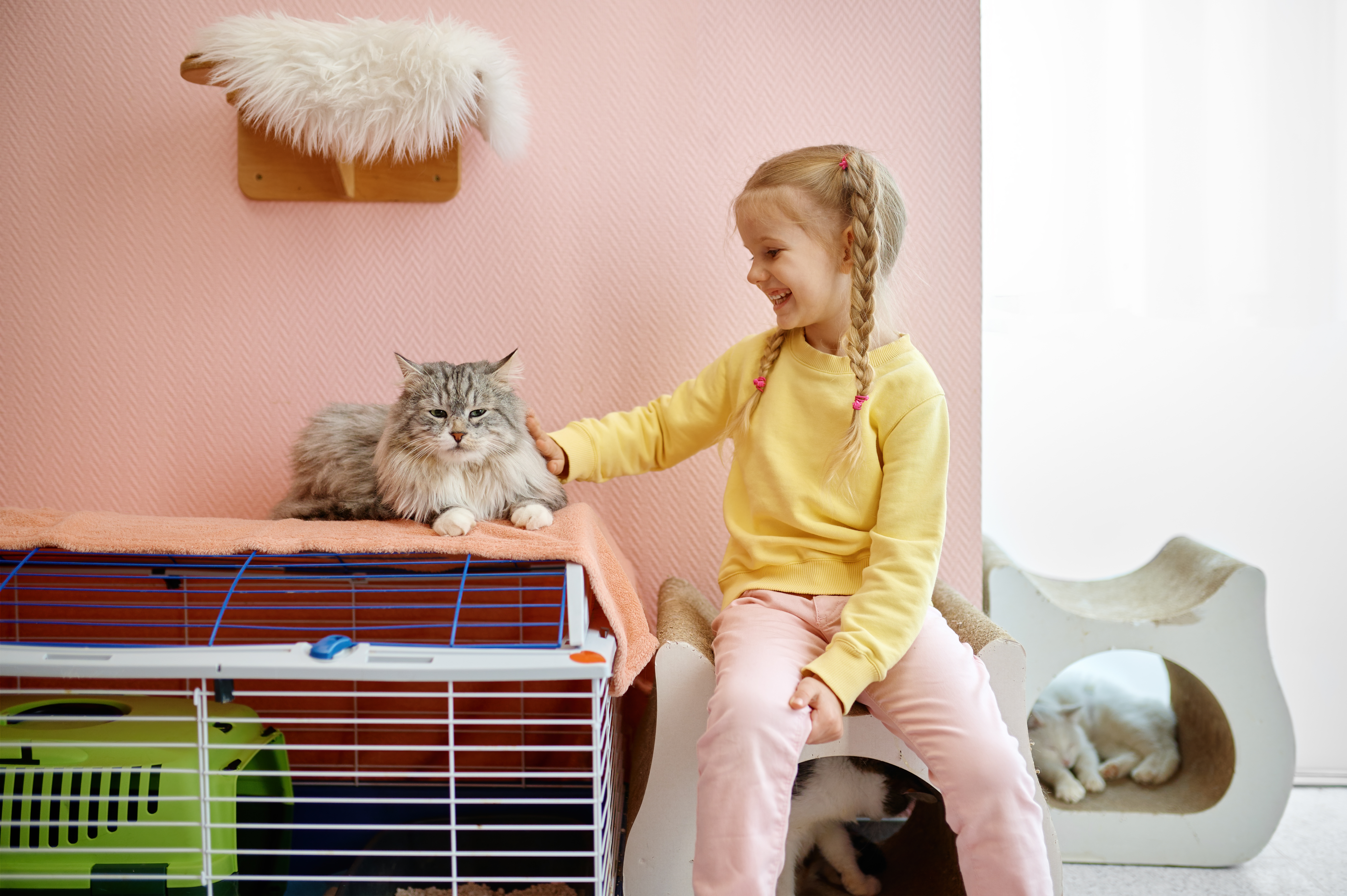
The silent language of cats is a rich and complex form of communication that goes beyond the simple meow. By understanding the various methods cats use to convey their emotions and intentions, from tail movements and eye contact to scent marking and grooming, we can deepen our connection with these fascinating creatures. Each of these non-verbal cues offers valuable insight into a cat's world, allowing us to respond with empathy, care, and understanding. By embracing the silent dialogue of cats, we can create a more harmonious and fulfilling relationship with our feline companions, enhancing their well-being and enriching our own lives in the process. This journey into the world of feline communication is a testament to the depth and complexity of the bond between humans and cats, a bond that transcends words and speaks directly to the heart.







